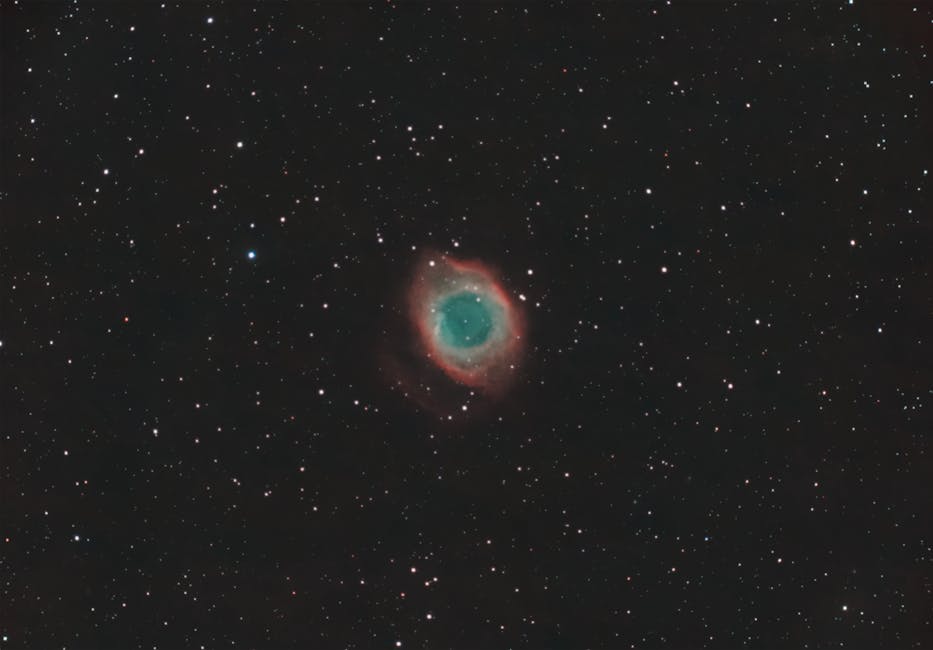Dutch flower painting emerged from the Dutch Golden Age as a distinct genre, reshaping how viewers perceived nature’s abundance. In this study of Ambrosius Bosschaert the Elder, we trace a lineage that married scientific observation with aesthetic flourish. Dutch flower painting would soon define a national visual vocabulary and market.
From Antwerp’s early ateliers to Middelburg’s thriving workshops, the genre matured as painters refined symbolism, technique, and trade networks. This piece explores how Bosschaert’s familial workshop catalyzed a generation of flower painters, and how the market’s appetite for botanical realism shaped Northern European art history across studios, patrons, and galleries.
Table of Contents
Read More
Dutch flower painting: Origins and Ambitions
Dutch flower painting began as a niche within still life, later elevated by Ambrosius Bosschaert the Elder, who defined the independent bouquet as a subject. His meticulous compositions and copper supports underscored a shift from mere decoration to a disciplined study of form, color, and seasonal symbolism that resonated with patrons.
His early Antwerp beginnings and later Middelburg flourishing anchored a network that combined artistic training with trade. The signature AB monogram signaled authorship and pride, while patrons sought precision in petals and composition, elevating flower painting from decorative craft to a collectible genre on copper, frequently framed with care, globally.
Dutch flower painting: Early life and Antwerp to Middelburg
Ambrosius Bosschaert’s trajectory from Antwerp to Middelburg seeded a durable floral vocabulary within Dutch flower painting. The move helped escape religious tensions while aligning with merchant networks hungry for refined naturalism. The painter’s workshop grew into a school that taught balance, discipline, and patience, its frames and copper plates laboratories for color experiments.
This early phase linked technique to commerce, catalyzing a market for meticulously observed bouquets. Bosschaert’s signature AB signaled a lineage, while patrons valued the stability of form and the reliability of pigment choices, ensuring repeat commissions and steady workshop growth. These foundations enabled his dynasty to flourish across cities alike. <h2>Dutch flower painting: Dynasty of painters</h2> <p>Bosschaert’s sons Ambrosius II, Johannes, and Abraham continued the family’s Dutch flower painting tradition, expanding the workshop’s reach. Each relished precise bouquets and copper support, reinforcing a canonical look that valued symmetry, micro-detail, and seasonal symbolism in every composition. Their collaborations with Balthasar van der Ast connected Utrecht and Middelburg.</p> <p>The dynasty’s reach extended as students traveled, and the network nurtured a shared aesthetic: crisp outlines, luminous petals, and a disciplined palette. This ecological web of mentorship anchored Dutch flower painting as a prestigious, marketable genre across multiple towns with growing demand.</p> <h2>Dutch flower painting: Guilds and networks</h2> <p>Guilds shaped careers in Dutch flower painting, with Bosschaert joining St. Luke’s and even serving as dean. The guild system provided legitimacy, workshops, and peer review that refined technique. This institutional support helped floral paintings move from craft to celebrated art form, linking artists with patrons and buyers through networks.</p> <p>When Bosschaert worked in Utrecht and Amsterdam, guild ties widened, and rival painters like Savery entered the scene. This cross-pollination intensified techniques and palettes, helping Dutch flower painting spread as a refined language of color and texture across major Dutch cities and markets.</p> <h2>Dutch flower painting: International influence and trade</h2> <p>The genre thrived in the Dutch art market, with flowers becoming status symbols in homes and collections. Bosschaert’s bouquets, painted on copper, demonstrated a prestige material choice that attracted collectors across Europe. The market’s appetite elevated floral painting beyond decorative function, fostering dealer and frame-maker collaborations.</p> <p>Despite fierce competition, Bosschaert remained a sought-after name, though never rivaled Brueghel’s prestige. The dynamic between artistry and commerce defined Dutch flower painting as a disciplined, profitable specialization, influencing later generations who valued botanical accuracy and market demand, sustaining a legacy across centuries.</p> <h2>Dutch flower painting: School and successor</h2> <p>After Bosschaert’s death, Balthasar van der Ast assumed the Middelburg workshop, continuing the floral tradition in Dutch flower painting. The transfer of knowledge preserved stylistic cues—symmetry, compact bouquets, and signatories—while allowing experiments in color and light across successive generations.</p> <p>Students from the workshop carried the method to other cities, and the dynasty’s influence endured into the late seventeenth century. The workshop’s lineage demonstrates how workshops functioned as early experimental laboratories for botanical realism, balancing tradition with new motifs that defined Dutch flower painting long after its founders departed the stage.</p> <h2>Dutch flower painting: Symbology and technique</h2> <p>The bouquets often carried symbolic meanings, with tulips, lilies, and roses representing seasons, virtues, or religious ideas. Bosschaert’s careful arrangement achieved visual balance, while copper supports minimized distortion, enabling tight focus on petals. This fusion of symbolism and technique distinguishes Dutch flower painting.</p> <p>Collectors valued precision and narrative depth, while exemplary pieces paired scientific accuracy with allegory, inviting viewers to read botanical catalogs as visual poetry. The result was a genre where craft and meaning walked hand in hand, driving demand and establishing a benchmark for subsequent generations of flower painters.</p> <h2>Dutch flower painting: Legacy and mid-17th century</h2> <p>Bosschaert’s dynasty persisted into the mid-seventeenth century, with the workshop inspiring a regional network across Middelburg, Utrecht, and Amsterdam. The enduring interest in exotic blooms aligned with global trade, ensuring new patrons sought floral portraits as luxury commodities and scholarly curiosities. The dynasty’s influence shaped later Dutch still lifes.</p> <p>Even as fashions shifted, Bosschaert’s emphasis on ordered bouquets and symbolic depth remained a touchstone for collectors and scholars, underscoring how a local workshop could radiate across Europe and embed itself in art history.</p> <h2>Final Solution in Dutch flower painting</h2> <p>The story of Ambrosius Bosschaert the Elder reveals how Dutch flower painting emerged as a disciplined, market-driven discipline that fused botanical observation with symbolic storytelling. The dynasty he started seeded standards of symmetry, color, and composition that defined the genre far beyond his lifetime.</p> <p>His legacy in Dutch flower painting shows how artists become curators of nature, educators of taste, and engines of economic appetite. By studying his workshops, we observe a prototype for generations of painters who balanced craft, commerce, and curiosity in pursuit of enduring beauty.</p>
| Section | Key Points |
|---|---|
| 1. Dutch flower painting: Origins and Ambitions | Bosschaert defined the independent bouquet in Dutch flower painting; copper supports and precise design signaled a shift from decoration to disciplined study. |
| 2. Early life and Antwerp to Middelburg | Movement to Middelburg linked trade and art, establishing a school of color and form for Dutch flower painting. |
| 3. Dynasty of painters | Ambrosius II, Johannes, and Abraham sustained the workshop, reinforcing symmetry and symbolism in Dutch flower painting. |
| 4. Guilds and networks | St. Luke’s and cross-city exchanges strengthened technique and patronage in Dutch flower painting. |
| 5. International influence and trade | European markets and copper works boosted prestige and demand for floral paintings. |
| 6. School and successor | Balthasar van der Ast continued the tradition, spreading methods across towns. |
| 7. Symbology and technique | Symbolism paired with technical precision; copper supports enhanced clarity of petals. |
| 8. Legacy and mid-17th century | The dynasty influenced Dutch still lifes, aligning exotic blooms with global trade. |
| 9. European influence and market | Floral portraits became luxury commodities, shaping the economics of Dutch art. |
| 10. Final Solution in Dutch flower painting | Bosschaert’s legacy codified a disciplined genre, balancing craft, commerce, and enduring beauty. |
We also Published
RESOURCES
- Dutch flower paintings may possess a secret language | THE …
- Dutch flower painting: In detail | Dutch Flowers | National Gallery …
- The beauty and symbolism of Dutch flower paintings – Museum Crush
- Books to read if you LOVE Dutch Still Life! — Elizabeth Floyd
- Dutch Flower Paintings – Sheffield Museums Trust
- Reconstruction of a Dutch flower painting | Hamilton Kerr Institute
- Art Talks for Older Adults: Tulipmania and Dutch Flower Painting …
- Still-Life Painting in Northern Europe, 1600–1800 – The Metropolitan …
- Dutch Flowers Art Print – Museum Quality Art
- I’m thrilled to be taking a Dutch flower painting class with the …







0 Comments